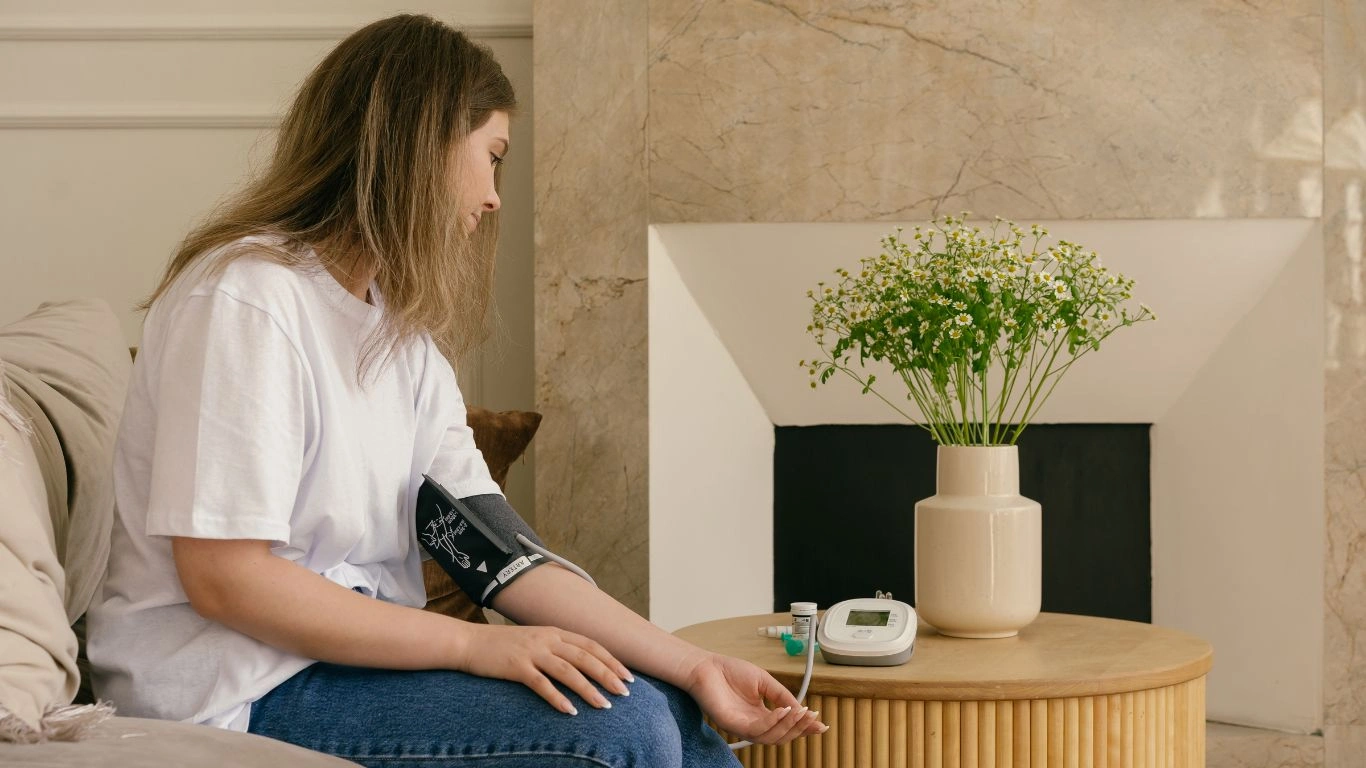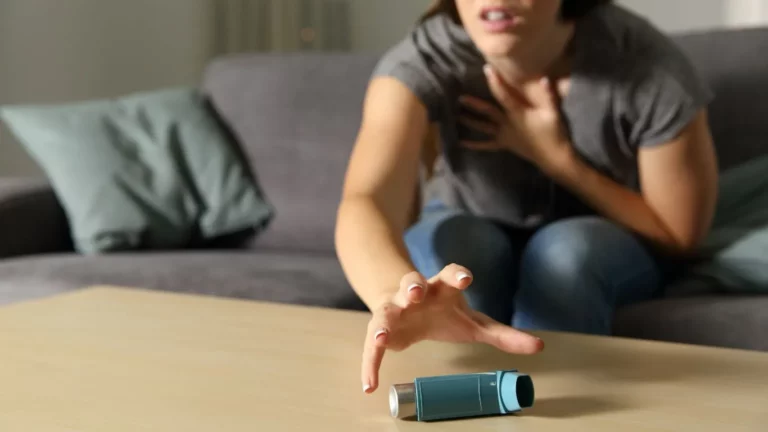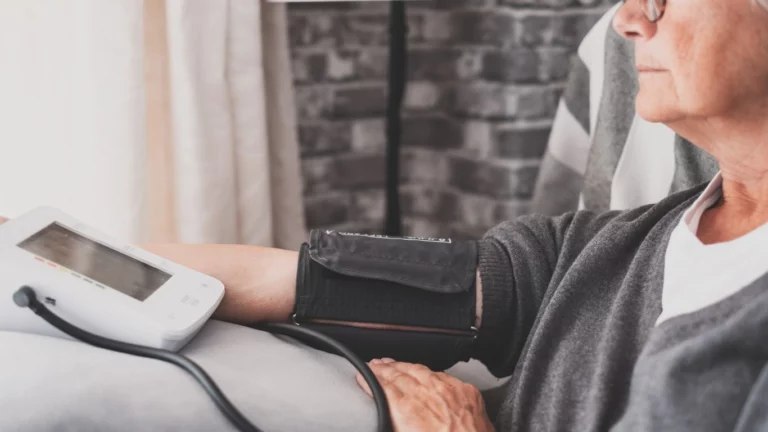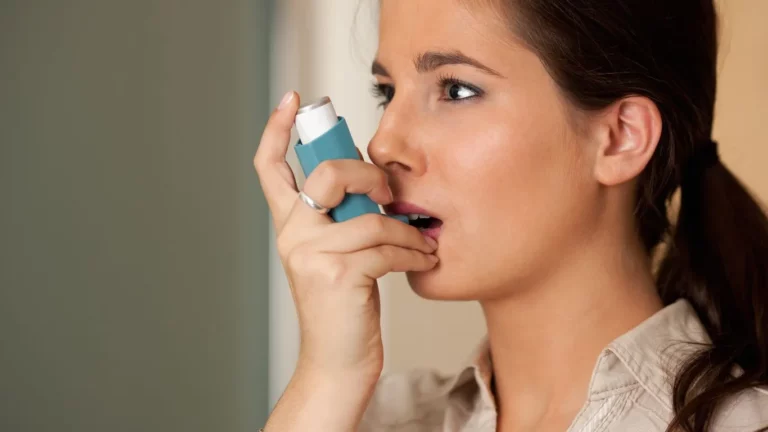How to Monitor Blood Pressure at Home – A Simple Guide
Want to stay on top of your health and avoid surprises? Monitoring your blood pressure at home is easier than you think. Here’s everything you need to know about it!
Taking charge of your health means knowing where you stand with your blood pressure. Whether you’re dealing with high blood pressure, or just want to keep track, learning how to monitor blood pressure at home is a great step. It’s simple, cost-effective, and can help you stay informed without frequent trips to the doctor. So, let’s dive into how to do it right! 
Why Monitor Your Blood Pressure at Home?
Regularly checking your blood pressure at home can catch issues before they become serious. It gives you a better idea of how well your heart and blood vessels are doing, and helps you and your doctor make more informed decisions about your health. Plus, it’s super convenient! You don’t have to leave the house to get a reading. That said, there are a few things to keep in mind to get accurate results. 
What You Need to Get Started
To monitor your blood pressure at home, you’ll need a few tools. The main one is a good-quality blood pressure monitor. These come in two types: 1. Automatic Monitors: These are the most common and easiest to use. You just wrap the cuff around your arm, press a button, and let the machine do its thing. 2. Manual Monitors: These require more skill. They involve using a stethoscope and a pressure gauge. While they’re accurate, they take a little more practice. Most people opt for the automatic ones because they’re user-friendly. If you’re buying one, look for an FDA-approved model for the most reliable readings. 
How to Measure Blood Pressure at Home
Ready to start? Here’s how to take your blood pressure properly at home:
Step 1: Prepare Yourself
Before you start, take a few minutes to relax. Stress can cause your blood pressure to spike, so make sure you’re calm and seated in a quiet space. Avoid caffeine or smoking for at least 30 minutes before measuring, as these can affect the results.
Step 2: Find the Right Position
Sit down with your back supported and your feet flat on the floor. Keep your arm at heart level, resting on a flat surface like a table. Make sure your arm is relaxed—don’t clench your fist or tense up. The cuff should be placed around the top of your arm, just above your elbow.
Step 3: Take the Reading
For automatic monitors, all you need to do is press the start button. The cuff will inflate, and the machine will measure your blood pressure. For manual monitors, you’ll need to inflate the cuff yourself and listen with a stethoscope for the sounds of your blood flow as it releases.
Step 4: Record the Results
After the reading, write down your blood pressure numbers. You’ll see two numbers: The top number (systolic) measures the pressure in your arteries when your heart beats. The bottom number (diastolic) measures the pressure when your heart is at rest between beats. It’s important to note the time of day and any factors that might influence your reading (like medication or activity levels).
Step 5: Repeat for Accuracy
Take at least two readings, about one minute apart, to ensure consistency. If there’s a big difference, take a third reading. 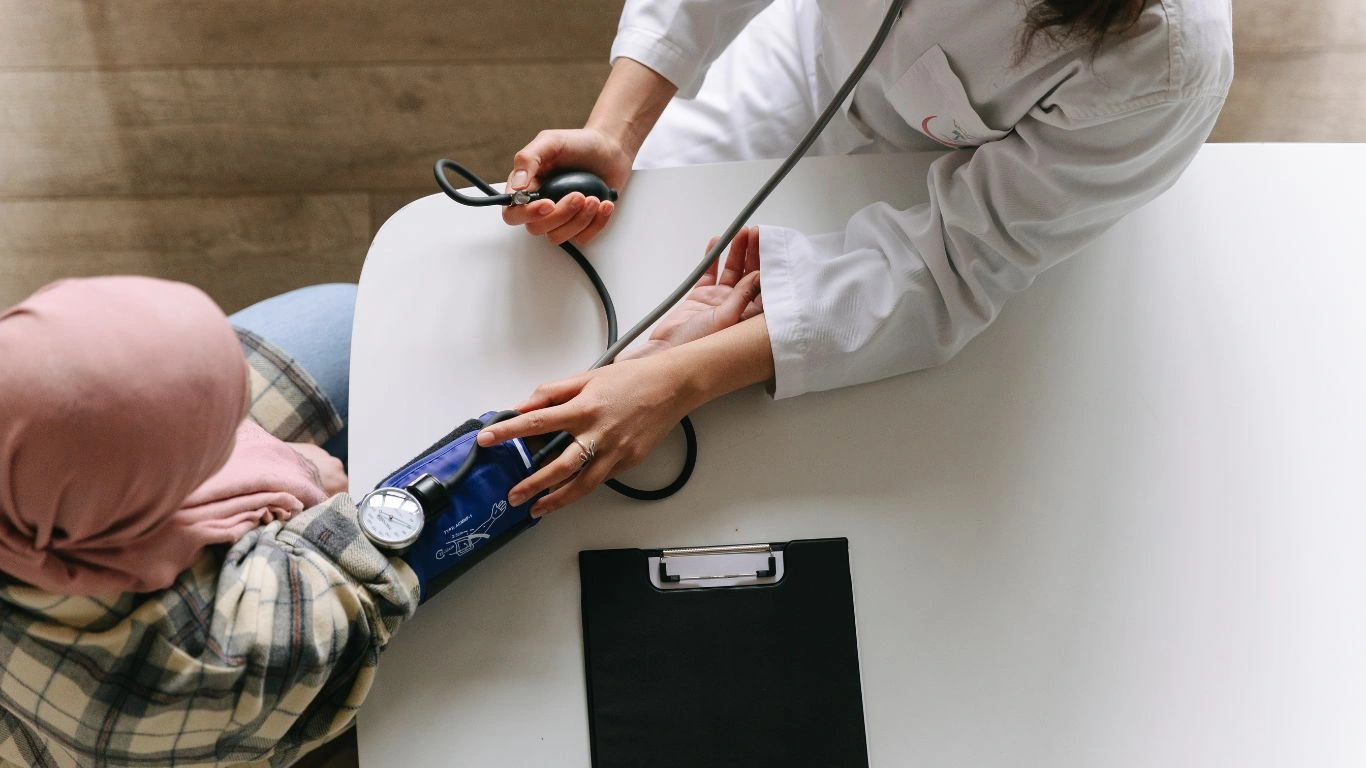
What Do Your Blood Pressure Numbers Mean?
You’ve got your numbers, but what do they mean? Here’s a simple breakdown: – Normal: Systolic less than 120 and diastolic less than 80. – Elevated: Systolic between 120-129 and diastolic less than 80. – High Blood Pressure (Hypertension) Stage 1: Systolic between 130-139 or diastolic between 80-89. – High Blood Pressure (Hypertension) Stage 2: Systolic 140 or higher, or diastolic 90 or higher. – Hypertensive Crisis: Systolic over 180 and/or diastolic over 120. This requires immediate medical attention. If you notice consistently high or low readings, it’s a good idea to talk to your doctor.
How Often Should You Check Your Blood Pressure?
If your doctor has prescribed blood pressure monitoring, follow their advice on how often to measure it. For most people, checking it once a day is a good start, but if you’re tracking it for a specific reason (like managing hypertension), you might need to take it multiple times a day. Just make sure to keep a log so you can share it with your healthcare provider during your visits.
Tips for Accurate Readings
To get the most accurate blood pressure readings, try these tips:
1. Take it at the same time each day
to keep things consistent.
2. Avoid talking or moving
while measuring.
3. Take readings at least twice a day
, ideally in the morning and evening.
4. Use the same arm
every time you measure for consistency.
5. Calibrate your monitor
once a year to ensure accuracy.
Common Mistakes to Avoid
Sometimes, little things can throw off your results. Here are some common mistakes to avoid: – Using an incorrect cuff size: If your cuff is too small or too large, it can give inaccurate readings. – Measuring immediately after exercise: Wait at least 30 minutes before taking a reading. – Not sitting still: Moving around while measuring can affect the accuracy of the results.
Conclusion
Monitoring your blood pressure at home is a powerful tool to keep track of your health. With the right equipment and technique, you can get accurate readings and keep an eye on your cardiovascular health. If you ever feel uncertain about your results, don’t hesitate to reach out to your healthcare provider for advice. By following these simple steps, you’ll be on the path to better health in no time!
Appendices
FAQs
1. How often should I monitor my blood pressure at home? It depends on your health situation. If you have hypertension or are at risk, daily readings might be necessary. Your doctor will guide you on the right schedule. 2. Can I rely on home blood pressure monitors? Yes, as long as you use a good-quality, calibrated monitor and follow proper technique. Home readings are a helpful tool, but always confirm with your doctor. 3. Is it okay to take blood pressure while sitting or lying down? Sitting with your feet flat on the ground is best. If you’re lying down, ensure your arm is still at heart level. 4. What should I do if my blood pressure is too high? If your readings are consistently high, or you experience symptoms like dizziness or headaches, seek medical advice. If it’s a hypertensive crisis, get emergency help immediately. 5. Does stress affect blood pressure readings? Yes! Stress can cause a temporary increase in blood pressure. Try to stay calm before measuring to get the most accurate results.
References
1. American Heart Association (2024). “How to Measure Your Blood Pressure.” Read Article 2. National Institutes of Health (NIH). “Monitoring Blood Pressure at Home.” Read Article 3. Mayo Clinic. “How to Check Your Blood Pressure at Home.” Read Article
Disclaimer:
The information provided in this article is for educational purposes only and is not a substitute for professional medical advice. Always consult your healthcare provider before making any health-related decisions. Your individual needs may vary, and a healthcare professional’s guidance is essential.
